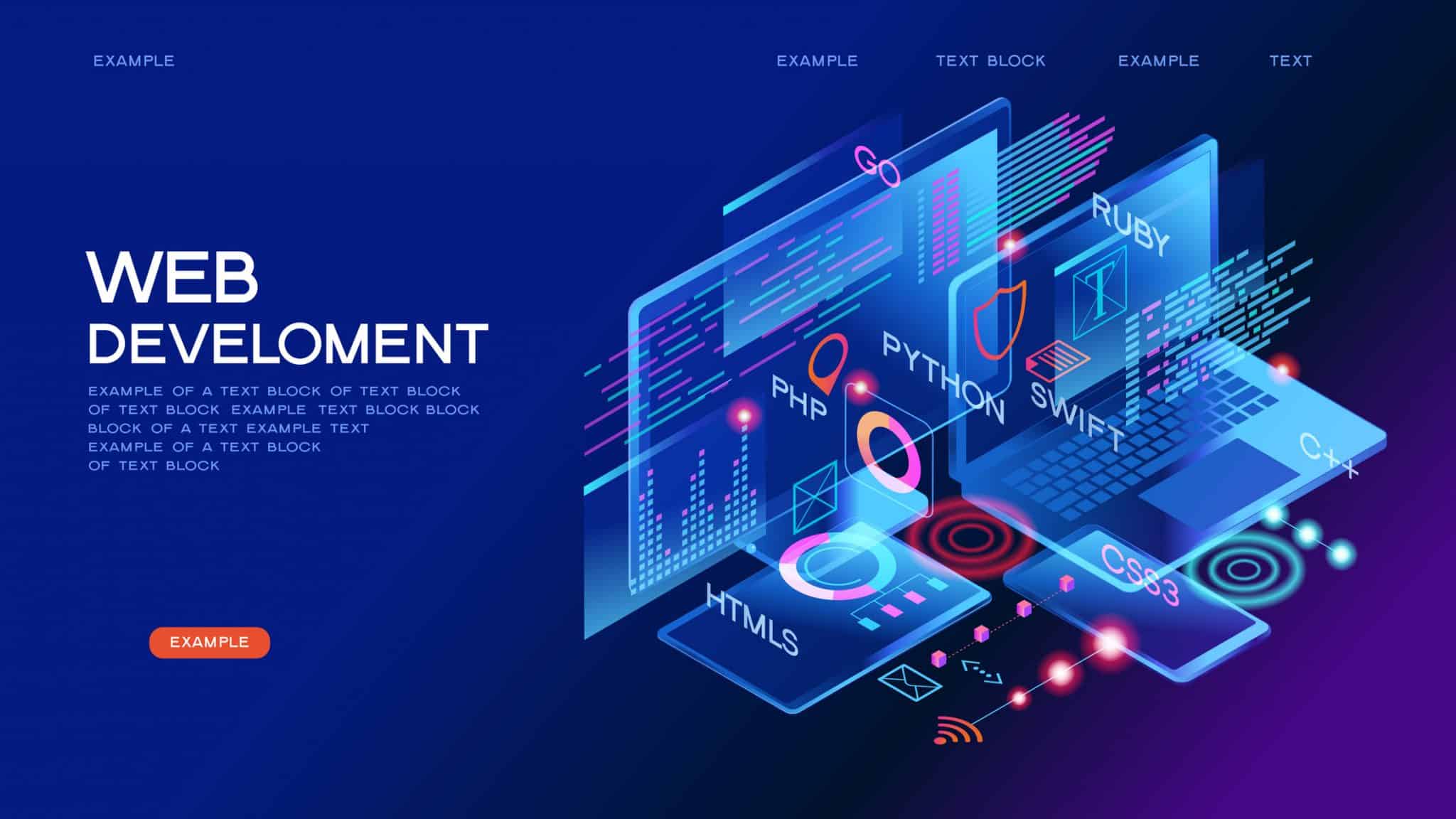
As we stand on the brink of a technological revolution, the concept of Web3 development is emerging as a transformative force in the digital landscape. The transition from a centralized internet to a decentralized world promises not only to reshape how we interact online but also to redefine the very foundation of our digital identities, economies, and communities. This new era is characterized by blockchain technology, decentralized applications, and a commitment to user sovereignty, leading to an environment where individuals regain control over their data and digital assets.
Mastering Web3 development is not just a skill set for programmers; it is an opportunity for innovators, entrepreneurs, and visionaries to engage with a paradigm that emphasizes transparency, security, and inclusivity. As more users gravitate toward decentralized platforms, the demand for skilled developers who can navigate the intricacies of smart contracts, decentralized finance, and digital identity solutions is skyrocketing. Embracing this shift requires an understanding of the tools and technologies that will empower us to create a more equitable digital future.
Understanding Web3: The Shift from Centralization to Decentralization
The transition from Web2 to Web3 signifies a fundamental shift in how we interact with the internet. In the Web2 era, platforms were predominantly controlled by centralized entities that managed data and user interactions. This centralization often led to concerns about privacy, data ownership, and the monopolistic control of information. Users were often seen as products rather than participants, leading to a growing demand for a more democratic and user-centric online experience.
Web3 emerges as a solution to these issues by emphasizing decentralization and user empowerment. By utilizing technologies such as blockchain, Web3 aims to distribute control among users rather than concentrating it in the hands of a few corporations. This shift enables users to own their data, participate in governance, and engage in trustless transactions, fostering a more open and fair digital ecosystem. As application development transitions towards decentralized protocols, developers are challenged to rethink traditional models and embrace innovative structures that prioritize community collaboration and transparent processes.
Understanding the nuances of Web3 development requires an appreciation of its core principles, including scalability, interoperability, and security. Developers must navigate a landscape rich with new technologies and paradigms, such as smart contracts and decentralized applications. This landscape is dynamic, encouraging continuous learning and adaptation as the community drives the evolution of Web3. Embracing this new era not only empowers developers but also encourages the creation of solutions that truly align with the values of decentralization and user sovereignty.
Key Technologies and Tools for Web3 Development
Web3 development is fundamentally built on a set of technologies that distinguish it from traditional web applications. At the heart of Web3 is blockchain technology, which enables decentralized data storage and secure transaction processing. Popular blockchains such as Ethereum and Binance Smart Chain provide developers with the framework to create decentralized applications (dApps) that can run autonomously without the need for a central authority. Understanding the specific characteristics of these blockchains, including their consensus mechanisms and smart contract functionalities, is crucial for any developer aiming to venture into Web3.
In addition to blockchain, tools like Solidity and Vyper have emerged as essential programming languages for smart contract creation on Ethereum. These languages allow developers to write and deploy smart contracts, which are self-executing contracts with terms directly written into code. Facilitating the interaction with these smart contracts are frameworks like Truffle and Hardhat, which streamline the development process by providing testing environments, deployment scripts, and debugging tools. Familiarity with these tools is vital for efficient Web3 development, as they enhance productivity and reduce the potential for errors.
Finally, Web3 development benefits greatly from decentralized storage solutions such as IPFS (InterPlanetary File System) and Filecoin. These technologies allow developers to store data off-chain in a distributed manner, ensuring that files are accessible and immutable. Integration of these storage solutions with blockchain applications helps maintain the decentralized ethos of Web3 while improving scalability and performance. By leveraging these key technologies and tools, developers can create robust, innovative applications that harness the power of decentralization.
Building User-Centric Applications in the Web3 Ecosystem
To thrive in the Web3 landscape, developers must prioritize user-centric applications that enhance the overall experience for users. This requires a deep understanding of user needs and behaviors, ensuring that applications provide value while maintaining ease of use. The decentralized nature of Web3 presents unique challenges but also opportunities to create more engaging and interactive experiences that empower users to take control of their data and digital identities.
One key aspect of building user-centric applications is the seamless integration of decentralized finance and user-friendly interfaces. thirdweb By simplifying complex processes, developers can demystify blockchain technology, allowing users to navigate the Web3 ecosystem with confidence. This includes providing clear guidance on wallet setup, transaction confirmation, and understanding smart contracts. Empowering users with knowledge ensures they can interact with decentralized applications without feeling overwhelmed.
Finally, community engagement plays a crucial role in shaping user-centric applications. By involving users in the development process and soliciting feedback, developers can iteratively improve their applications to better meet user needs. Community-driven development not only fosters trust but also creates a sense of ownership among users, helping to build a loyal user base. In the Web3 era, where decentralization is paramount, placing users at the core of application development will be essential for long-term success and sustainability.
